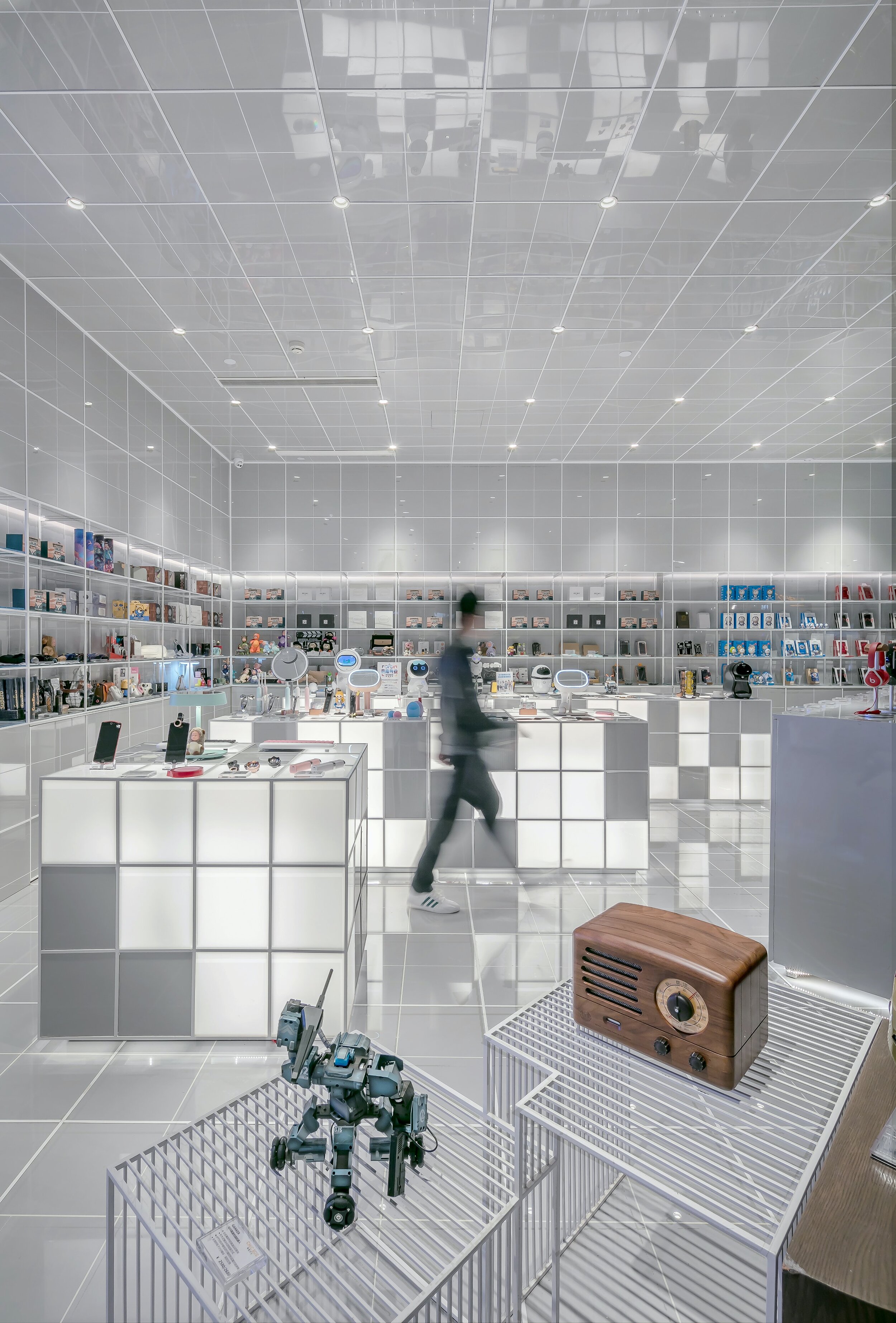Getting started with experiential retailing
Hailed as the key to surviving the retail apocalypse, the approach to deliver experiential retail is being adopted by an increasing number of stores that want to draw in customers and get an edge over online shopping. The idea is that physical retail should provide an experience―a destination―customers will come to a store because there’s something there worth coming to. And so we’ve seen a boom in in-store tech, Instagrammable store layouts, and special events or activities for shoppers in-stores across the world.
But experiential retail isn’t as simple as throwing a hashtag on a wall and a VR headset on a counter. An effective experiential retail strategy considers the unique demands and desires of its target consumers. And since revamping stores doesn’t come cheap, the stakes are high in ensuring you’re moving in the right direction.
Here’s what your experiential retail strategy needs in order to rise above the rest:
A Consumer-Based Experience
It goes without saying that experiential retail requires, well, an experience. Stores are bringing everything from indoor golf simulators to wine bars into stores in order to bring shoppers in and keep them coming back. But an experience doesn’t mean much if it’s not an experience consumers want. The best experiential retail and implementation of retail technology is oriented around problem-solving. Take Sephora’s “magic mirrors,” which use AR to show consumers what they’d look like using various products without actual makeup application―it saves the consumer the hassle of removing makeup, and saves the store the expense of tester merchandise which can’t be sold.
This applies to special events and attractions, too. After all, what are in-store attractions if not problem-solving tools for boredom or retail delirium? Stores like Uniqlo and Aritzia have done this well, by bringing in in-store coffee shops to help customers recharge while shopping. Another key is keeping it local―what do consumers in one region need that they won’t need in another? Just as stores in California will stock more bathing suits than winter coats, your stores should base experience on local culture while maintaining brand consistency. Stores like Foot Locker’s “Power Store” and Nike Live are looking to local artists and culture when determining store design, while athletics stores like REI will feature sports lessons based on local geography. Experiential retail works best when that experience is relevant to the consumer as opposed to just a novelty.
Thoughtful store design
Brand-building happens just as much in-store as it does through advertising. Consumers will associate your brand with the kind of image it presents in physical shops., So, keeping your stores beautiful and comfortable, or fun and chic, is key in keeping consumers interested. That’s why more and more stores are featuring home-like fixtures, places to sit and rest, as well as beautiful interiors with soft lighting and thoughtful shelving. The idea is to make your space feel as comfortable, or even more comfortable, as staying home with a laptop―or making your space as beautiful as going to a museum. The best stores are focusing on a multi-sensory experience that goes beyond just visuals: stores like Anthropologie have been incorporating sensory branding into their store design for decades, featuring artful wooden fixtures, cozy textiles, and lit candles that you can buy in-store. And with the growth of the Instagram generation, it’s become even more essential to provide an in-store environment worth sharing.
Balance between tech and the “human element”
While in-store tech is great, it isn’t everything. Retail technology can solve a lot of problems that are becoming more and more prominent as online shopping gains popularity, but nothing can replace the human element in a personal shopping experience. Trained and attentive store clerks are essential for customers to feel cared for and comfortable while shopping. One of the main focuses of B8ta, a revolutionary tech marketplace, is to have trained and informative staff that can demonstrate how devices are used and assist customers in finding new products. But it’s not just about know-how: customers also want to feel like they have a connection with a brand, and friendly employees can be the perfect representative. Women’s clothing stores are a great place to look for this; in many stores, sales staff will encourage shoppers to try on clothes and give compliments and even suggestions for other outfits. The idea is for women to feel like they’re out shopping with a friend, or in their own closet at home. While tech is exciting and new, it’s important to remember what your store can provide in experience beyond a screen.
Whether a big or small initiative―just get started!
We often hear about stories of big initiatives in experiential retailing.For example,the flagship stores that are designed to only showcase and demo products, but don’t sell anything, the large scale layouts that host big events and more. You don’t need to always think big as long as youtkeep the ‘experience’ at the forefront in category management.
For example, we recently used the creation of a pole topper for Reese’s as an opportunity to provide a memorable moment. We designed and manufactured a large scale ‘Reese’s Peanut Butter Cup’ bowl, while capturing the playful nature of the brand, which is reflected in the fun shoppers experience at the Point of Sale.





